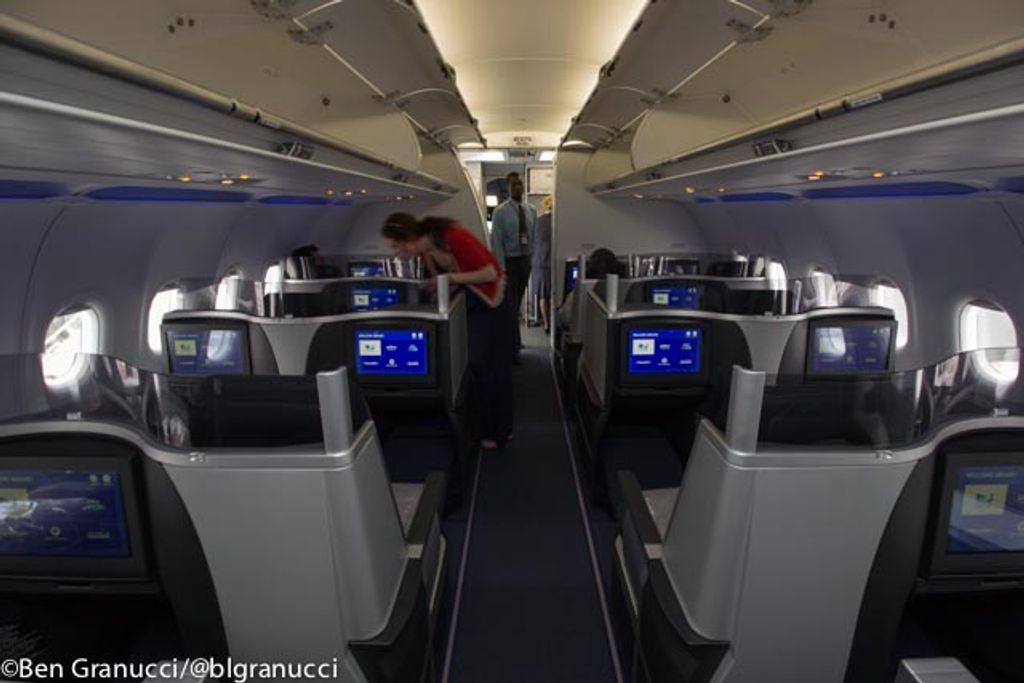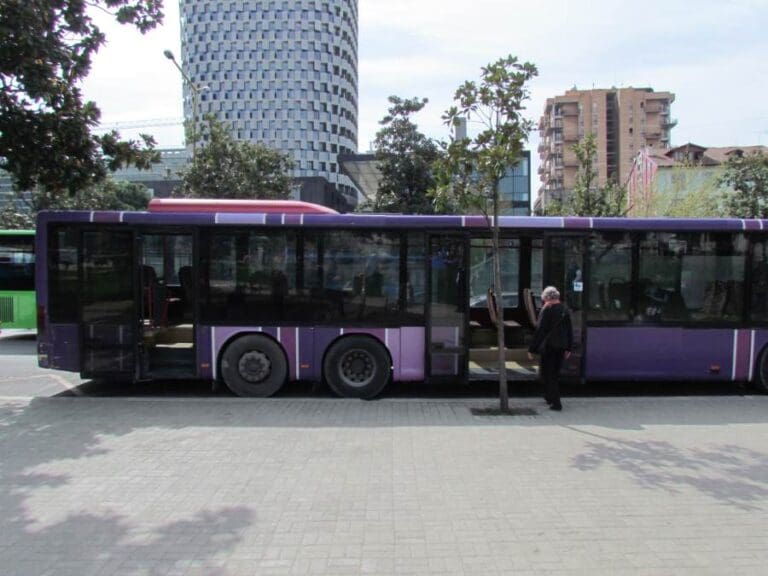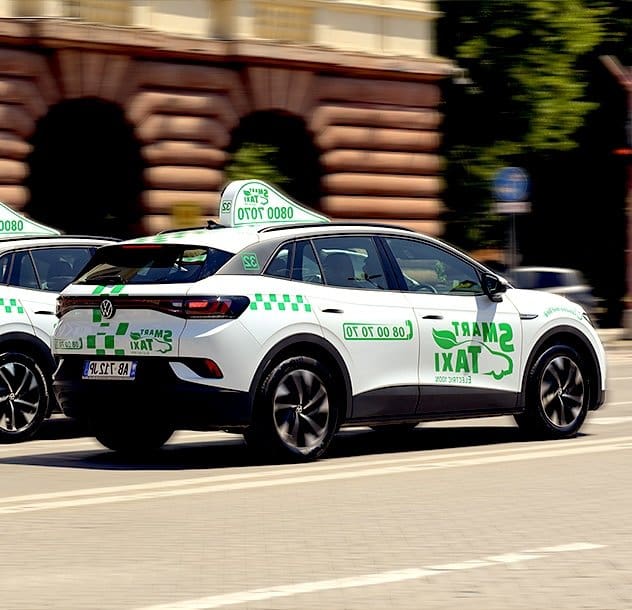In this article, we will delve into a comparative cost analysis of European trains versus flights, with a focus on the affordability of train travel in Eastern Europe and cost-effective transportation options. We will explore the advantages of train travel in Eastern Europe, including night trains and public transport in urban centers.
Key Takeaways
- European trains are often more affordable than flights for short to mid-range distances.
- Public transport in Eastern Europe is cost-effective and well-organized, offering a variety of options in urban centers.
- Night trains in Eastern Europe provide a unique and cost-effective way to travel while saving on accommodation costs.
- Energy-efficient high-speed trains offer a more sustainable and fuel-efficient transportation option compared to planes.
- Comparative cost analysis is essential for making an informed decision based on your planned itinerary.
Comparative Cost Analysis
Affordability of European Trains
When traveling across Europe, trains often emerge as a cost-effective choice. Train tickets in Eastern Europe are notably cheaper than in Western Europe. This is partly due to less modernized systems, but reliability and punctuality often surpass expectations.
Train travel allows for scenic views and local experiences, adding value beyond mere costs.
Here’s a quick look at the affordability:
- Lower individual ticket prices.
- Savings on accommodation with night trains.
- Cheaper and tastier dining car options.
For the best deals, book locally or use regional websites. Avoid surcharges from major rail companies. Always compare costs with your itinerary in mind.
Advantages of Train Travel in Eastern Europe
Eastern European trains offer a unique blend of affordability and cultural immersion. You can explore multiple destinations for less, often with on-time arrivals. Comfort levels vary, but the value is undeniable.
Train travel in Eastern Europe is not just about reaching your destination; it’s an experience in itself, allowing you to connect with the region’s culture and people.
Here’s why train travel stands out in Eastern Europe:
- Cost-effective compared to Western Europe.
- Scenic routes that offer more than just a journey.
- Night trains save on accommodation.
- Diverse public transport options in cities.
- A chance to enjoy local cuisine, like the Czech Republic’s dining car offerings.
Remember, while trains may be slower, they are usually punctual and provide a reliable means of transportation. For those on a budget, trains are a smart choice, especially when considering the high cost of flights.
Cost-Effective Transportation Options
When exploring Europe, cost-effective travel is key. Trains often emerge as the best value, especially for short to mid-range trips. Unlike airports, train stations are usually nestled in city centers, saving you both time and transit costs.
Here’s why trains can be the smarter choice:
- No hefty airport transfers
- Less time spent on check-ins and security
- Frequent and reliable schedules
Train travel not only cuts down on travel time but also reduces the hassle associated with flying.
For longer journeys, night trains offer a unique advantage. They combine travel with accommodation, allowing you to wake up at your destination refreshed and ready to explore.
Night Trains in Eastern Europe
Night trains are a savvy choice for traversing Eastern Europe. They offer a dual benefit: travel and accommodation. You can hop on in Poland or Ukraine and wake up in a new city, having saved on a hotel night.
Options vary, from large compartments to more private 2-seater cabins. Here’s a quick look at the choices in Poland:
- 6-seater compartments: Ideal for groups
- 3-seater compartments: More space
- 2-seater compartments: Maximum privacy
Eastern European night trains are not just about savings; they’re an authentic way to experience the region’s charm.
Booking locally is often cheaper than using international services. While comfort levels may vary, punctuality is a notable upside. For a deeper dive into costs, a recent study compared train and plane travel prices from Brussels to various destinations.
Public Transport in Urban Centers
Urban centers in Eastern Europe boast a variety of public transport options. Subway systems are common in cities with over a million residents. Tickets are required before platform access.
Streetcars and trolleybuses serve medium-sized cities, providing frequent and reliable service. Buses are ubiquitous, running on time in most cases. Always confirm the bus direction if unsure.
Public transport in Eastern Europe is not only diverse but also well-organized, offering efficient travel within urban areas.
Intercity buses connect central stations, with stopovers rarely posing issues. Here’s a quick glance at transport types and their urban presence:
- Subway/Metro: Cities > 1 million people
- Streetcars: Cities > 100,000 people
- Trolleybuses: Medium-sized cities
- Buses: Frequent, reliable, widespread
Conclusion
In conclusion, the cost analysis of European trains versus flights reveals that public transportation in Eastern Europe is generally cheaper than in Western Europe. The lower cost of individual tickets, energy efficiency, and the convenience of urban centers make trains a more affordable and practical option for short to mid-range distances. Additionally, the modernization of local transport in Eastern Europe provides a cost-effective and well-organized travel experience. When planning travel in Europe, it’s important to consider the comparative cost analysis based on your itinerary to make an informed decision.
Frequently Asked Questions
Are European trains more affordable than flights?
The affordability of European trains compared to flights depends on various factors such as the distance of travel, availability of discounts, and the specific routes. In some cases, European trains can be more affordable, especially for short to mid-range distances. It’s recommended to conduct a comparative cost analysis based on your planned itinerary before making a decision.
What are the advantages of train travel in Eastern Europe?
Train travel in Eastern Europe offers several advantages, including cost-effectiveness, accessibility to urban centers, and the opportunity to experience the culture, history, and nature of the region. Additionally, night trains in Eastern Europe provide a unique and cost-effective way to travel while saving on accommodation costs.
What are the cost-effective transportation options in Eastern Europe?
In Eastern Europe, local transport is usually more affordable, although it may be somewhat dilapidated in some areas. Buses and trains are often inexpensive alternatives for traveling around the region, and public transport in urban centers is well-organized, offering a variety of options from subway trains to trolley buses.
What are night trains in Eastern Europe?
Night trains in Eastern Europe provide a convenient and cost-effective way to travel while saving on accommodation costs. They often offer various types of compartments for travelers and are a preferred mode of travel for many individuals exploring the region.
What is the public transport like in urban centers in Eastern Europe?
Public transport in urban centers in Eastern Europe is well-organized and offers a variety of options, including subway trains, trolley buses, and other local transport services. It provides a convenient and cost-effective way for residents and visitors to travel within the cities.
How can I find affordable transportation options in Eastern Europe?
Affordable transportation options in Eastern Europe can be found through local bus lines, trains, and night trains, which offer cost-effective ways to travel around the region. Additionally, public transport in urban centers provides convenient and affordable travel options for residents and visitors.




